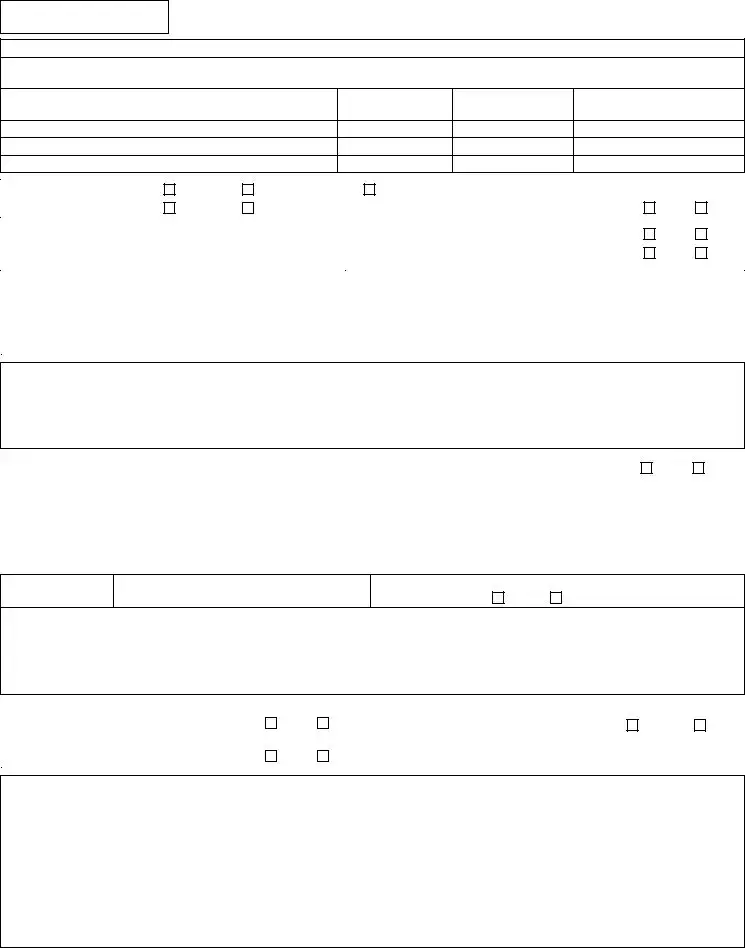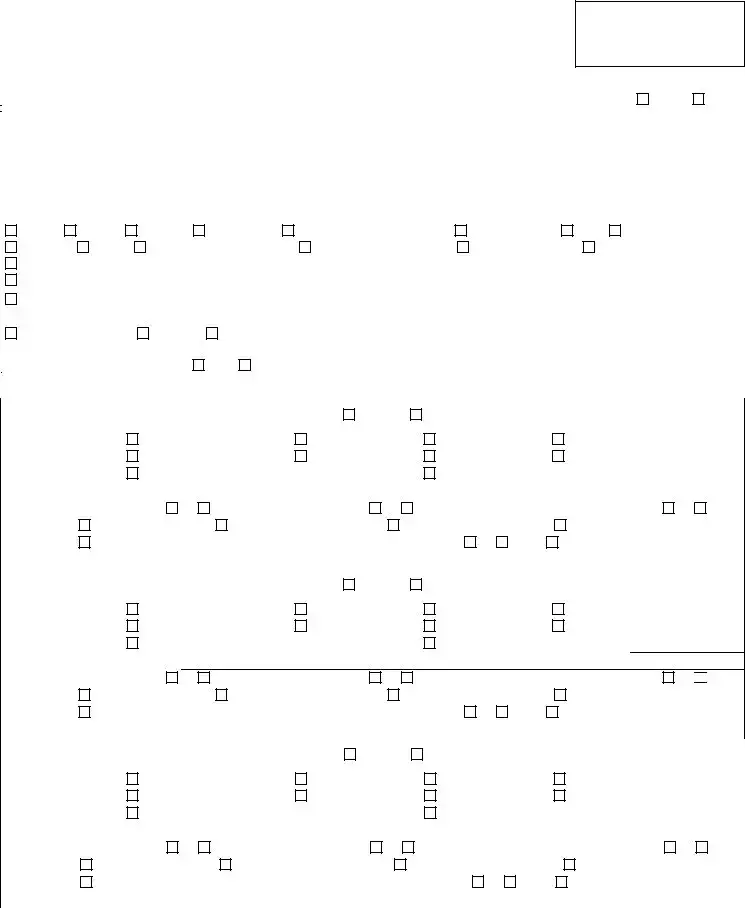What is the 3613 A form used for?
The 3613 A form serves as a Provider Investigation Report specifically designed for facilities such as Skilled Nursing Facilities (SNF), Nursing Facilities (NF), and Assisted Living Facilities (ALF), among others. It is utilized to document incidents such as abuse, neglect, or other emergencies impacting residents. Facilities submit this report to the Texas Department of Aging and Disability Services (DADS) to inform them of such occurrences and the subsequent investigations.
Who should fill out the 3613 A form?
Staff members or administrators from any of the specified facilities should complete the 3613 A form. This includes individuals responsible for reporting incidents related to patient care and facility management. It’s essential that the report is filled out accurately to ensure proper investigation and resolution of the incident.
Where should the completed form be sent?
The completed 3613 A form can be either faxed to the toll-free number 1-877-438-5827 or mailed to the Texas Department of Aging and Disability Services at P.O. Box 149030, Austin, TX, 78714-9030. If the report is faxed, it is important not to mail a duplicate report.
What types of incidents must be reported using the 3613 A form?
The 3613 A form must be used to report a variety of incidents, including but not limited to abuse, neglect, drug diversion, resident disappearance, and emergencies like fires or extreme weather events. Each of these incidents poses potential risks to residents’ safety and well-being, which is why documentation and reporting are critical.
Is any information kept confidential on the 3613 A form?
Yes, the 3613 A form is a confidential document. This means that all information related to the reports is considered privileged and should not be disclosed without proper authorization. Facilities must protect the privacy of the residents and others involved in the report.
What details must be included in the incident report?
The report should include comprehensive particulars such as the agency name, license number, type of incident, individuals involved, descriptions of the incident, and any assessments or treatments given. Accurate and complete information is crucial for effective investigations.
How soon must the 3613 A form be submitted after an incident occurs?
Timeliness in reporting is essential. The 3613 A form should be submitted immediately after an incident is identified, ideally within a specified timeframe to ensure that the incident can be investigated while details are still fresh and any necessary actions can be taken promptly.
What actions should be taken post-investigation according to the 3613 A form?
After the investigation is concluded, the facility must indicate any actions taken on the form itself. This could include disciplinary measures, changes in policies, or staff retraining. Documenting actions taken is important for accountability and for preventing future incidents.
What if the person filling out the form has questions or needs assistance?
If there are questions or uncertainties regarding the completion of the 3613 A form, it is advisable to consult with a supervisor or legal advisor within the facility. Additionally, reaching out to the DADS Consumer Rights and Services Section for guidance can provide clarity on specific points.
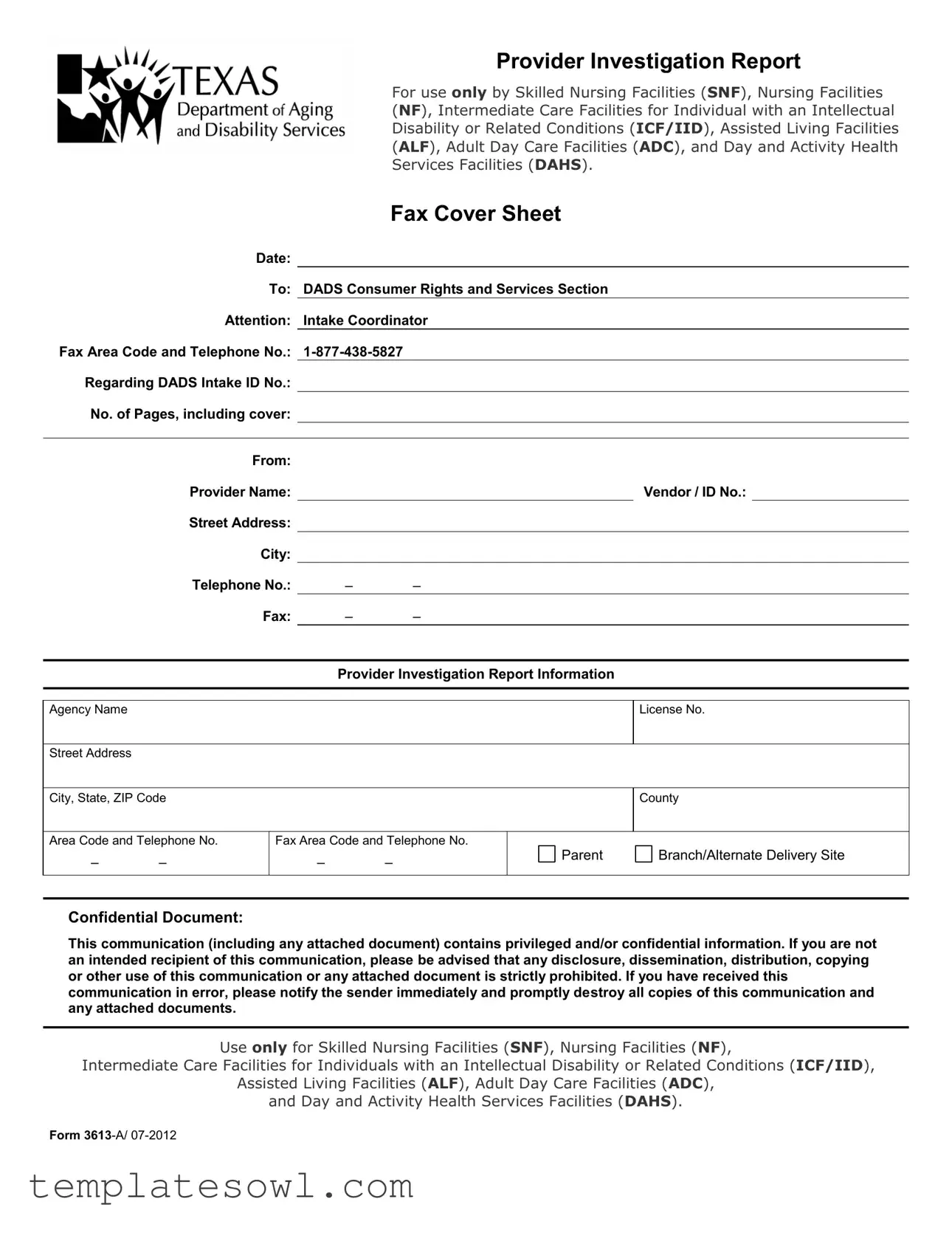
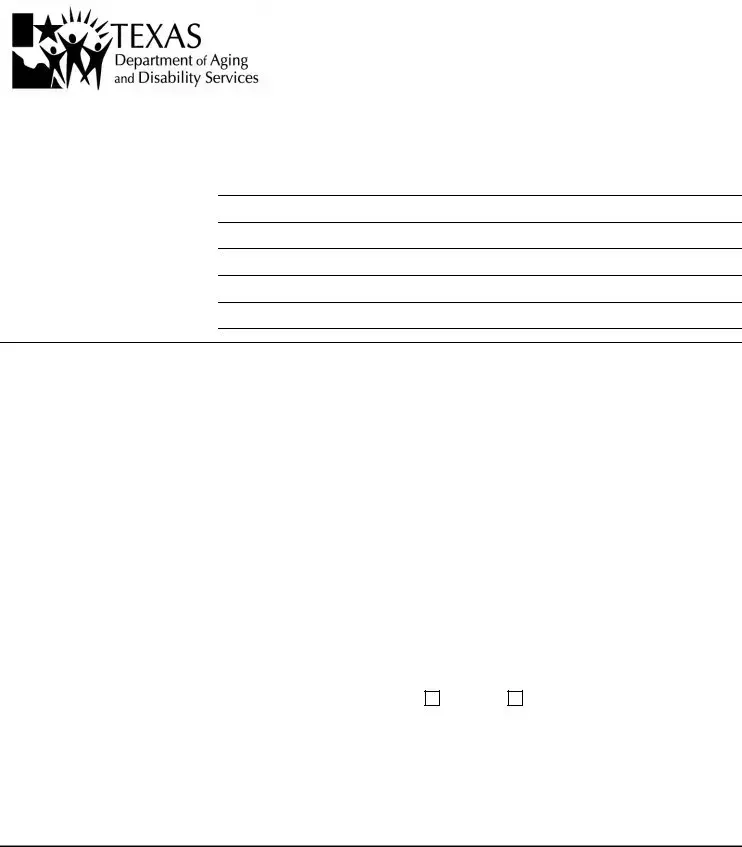
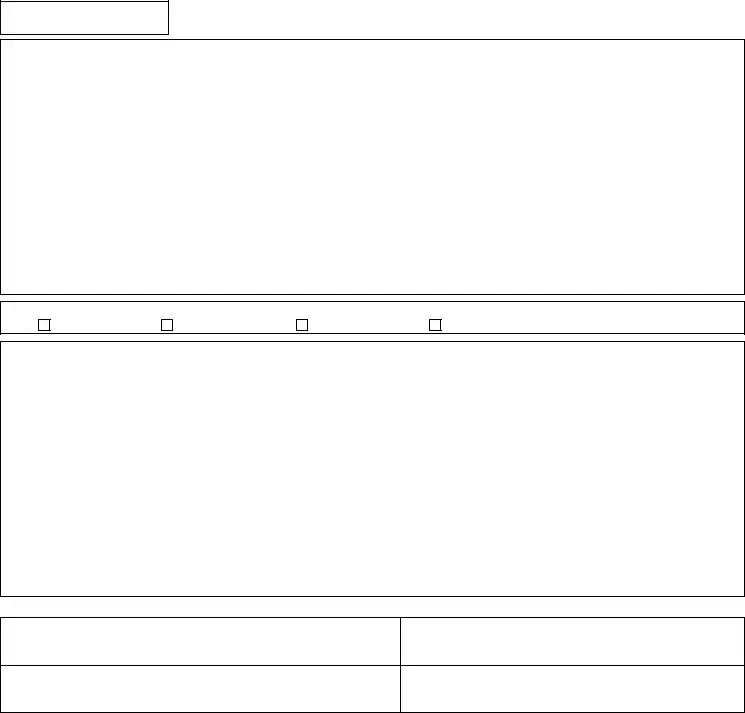

 N
N